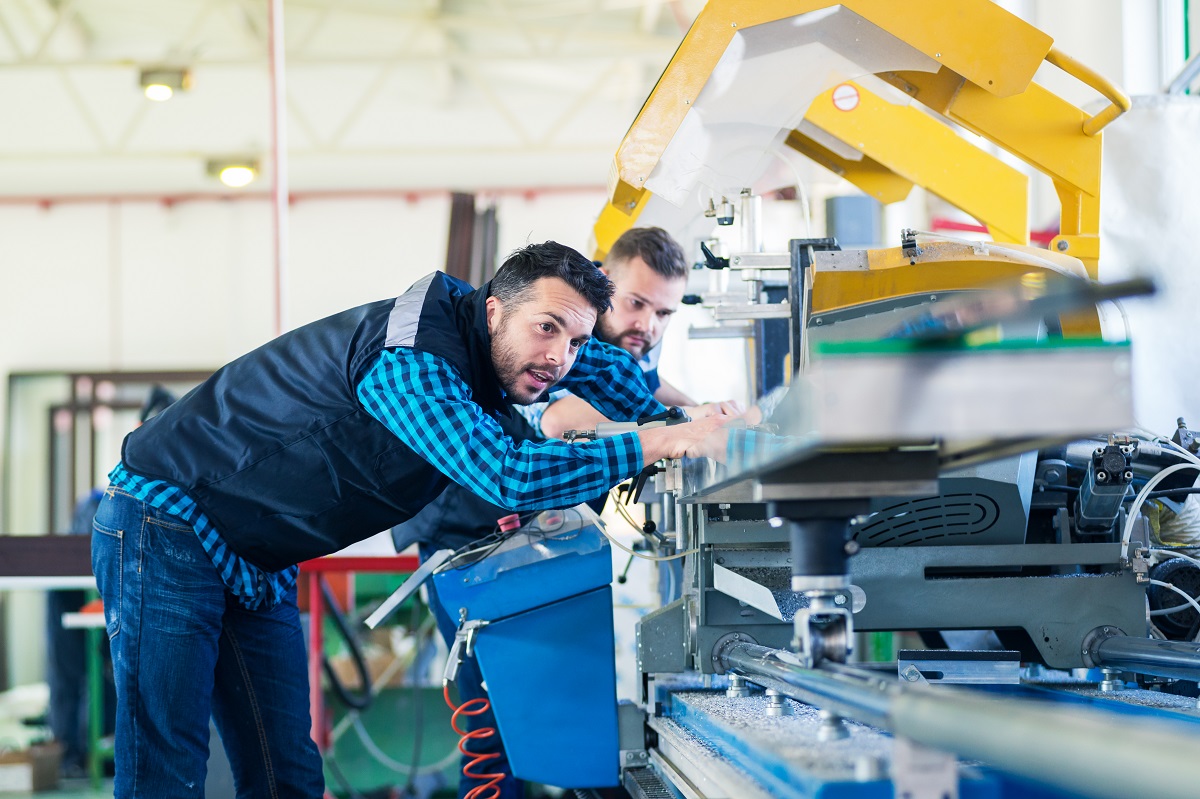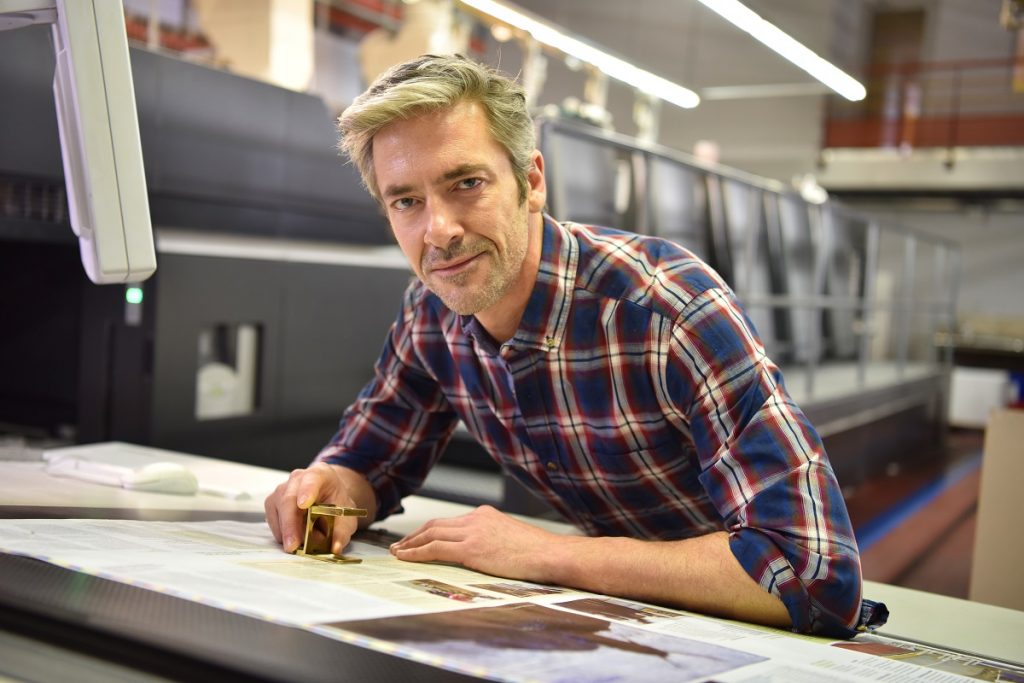The assembly line is still the most effective production process. Founded by Henry Ford in 1913, the process divides the labor process into steps that can be completed in a predefined sequence. Until today, the assembly line is the most used method to mass-produce products. All manufacturing companies—from food and beverages to automobiles—use the assembly line for an accurate and precise production process.
But despite the role of technology in the advancement of the assembly line and its adaption to new trends and processes, there is a question of how different accuracy and precision are from each other. Most people use these terms interchangeably, but accuracy and precision are different concepts in the manufacturing industry. Using them interchangeably will result in inaccurate and imprecise products.
How Modern Factories Work Now
In the past, assembly line workers make a multitude of mistakes every day. That’s because they rely only on their knowledge and the steadiness of their hands. They don’t make as near-to-perfect products as they do now. Consumers will notice the little nuances in color, smoothness, and texture of the products. That was why every product seemed to be unique then. No two products are ever quite alike.
But over time, as technology developed, factories became more accurate and precise. In the food and beverage industry, they use piston fillers and custom filter plates to remove particles, yeast, mold spores, and bacteria, ensuring products that will pass the quality check. In this industry, being both accurate and precise is critical to the brand’s reputation and customer satisfaction and loyalty.
Accuracy vs. Precision
The main difference between accuracy and precision is that the former refers to “close-to-true value” while the latter refers to “repeatability.” Accuracy means the output or product is close to the actual measurement of the thing being measured (or the model product). Precision refers to the ability of the machines to produce the same product with the same dimensions, colors, and textures. If a machine is set to produce a certain output, precision describes how well the machine will return the same measure.
The best representation of the difference between accuracy and precision is the diagram of a dartboard. Imagine the center (the bullseye) as the true value. If the darts are not close to the bullseye and also not close to each other, then there is no accuracy or precision. If the darts, on the other hand, are far from the center but close to each other, then there is precision but no accuracy.
What happens if the darts are spaced equally around the bullseye but are not grouped together? That’s accuracy and not precision. Accuracy and precision happen when the darts are right on the center of the dartboard and spaced close to each other.

Applying Accuracy and Precision in the Manufacturing Sector
Based on the dartboard representation, you can then apply the difference of accuracy and precision to the manufacturing industry. Sure, some products are close to the model output but are they being produced precisely. Meaning, will customer A receive 100% of the same product as customer B and C and D? Will they all get to enjoy the same product quality?
Many times, people will try out a product because of a recommendation from a friend. Upon finding out that they have a different experience of the product, they’ll all wonder what went wrong. What was the truth? The good product that the one who made the recommendation tried? Or was that merely a fluke, and the true value of the product lies in the experiences of those who followed the recommendation and did not like the said product?
Technology’s Impact on Manufacturing
This is where technology has made its mark. It allows for a more accurate and, at the same time, precise production of outputs. As machines get more sophisticated, so do the processes and procedures that manufacturing companies follow in their factories. This benefits the organizations and the factory workers who toil day and night to come up with accurate and precise products that will satisfy consumers. Technology took away the pressure from manufacturers to develop a standardized and uniform process in their industry.
Those in the manufacturing industry now certainly have an easier time than people working in the assembly line before. Though the assembly line was and is the best production process, it wasn’t as foolproof as it is now. Coupled with technology, the process that Henry Ford institutionalized 90 years ago is still alive and well and more accurate and precise than ever.




